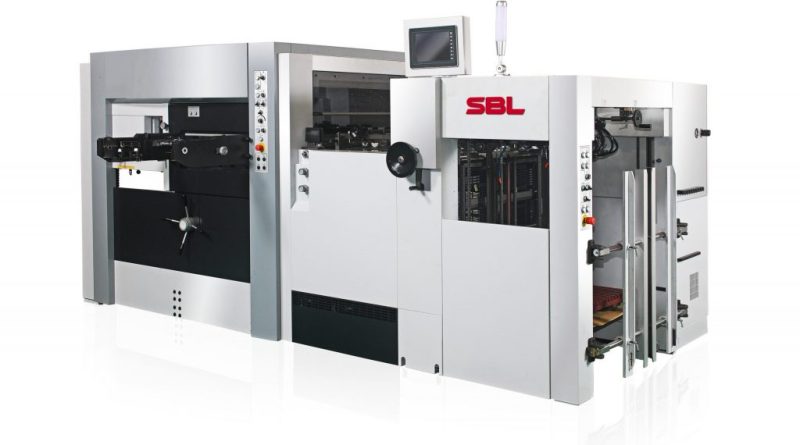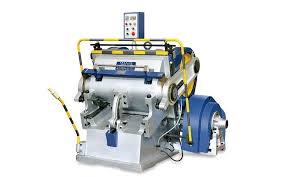“Shaping the Future of Manufacturing: Unveiling the Advanced Capabilities and Versatile Applications of Modern Die-Cutting Machinery”
In the intricate world of manufacturing and packaging, die-cutting machinery stands as a marvel of modern technology, transforming ordinary materials into complex shapes and designs with unparalleled precision and efficiency. This advanced equipment plays a crucial role across various industries, from packaging and print media to textiles and electronics, showcasing its versatility and importance in today’s fast-paced market. This article offers a glimpse into the fascinating world of die-cutting machinery, highlighting its operation, applications, and the latest technological innovations that redefine manufacturing possibilities.
The Marvel of Die-Cutting Machinery
Die-cutting machinery operates by using a specialized die—a metal-shaped cutter—to stamp out shapes from a material. This process not only allows for high-speed production but also ensures consistency and accuracy across thousands or even millions of pieces. The versatility of die-cutting machines enables them to work with a wide array of materials, including paper, cardboard, plastic, metal, and fabric, making them indispensable in various manufacturing processes.
Wide-Ranging Applications
The applications of die-cutting machinery are as diverse as the industries it serves. In packaging, it’s used to create custom boxes and shapes that protect and showcase products. In the print industry, die-cutting adds creative touches to business cards, brochures, and labels, enhancing their appeal. The automotive and electronics sectors rely on die-cutting for precise components, showcasing the machine’s ability to handle both decorative and functional tasks with equal adeptness.
Technological Innovations
Recent advancements in die-cutting machinery have ushered in a new era of manufacturing efficiency and creativity. Digital die-cutting machines, which use software-controlled blades instead of metal dies, offer unparalleled flexibility, allowing for quick changes between designs without the need for physical dies. Automation and integration with computer-aided design (CAD) software have further streamlined the production process, reducing waste and enhancing precision. Additionally, the advent of environmentally friendly materials and processes aligns die-cutting practices with sustainable manufacturing goals.
Conclusion
Die-cutting machinery embodies the intersection of creativity and technology, enabling the production of intricate designs at high speeds and with incredible accuracy. As technological advancements continue to evolve, the capabilities of die-cutting machines expand, offering even greater possibilities for innovation across multiple industries. The future of die-cutting looks promising, with ongoing improvements in efficiency, versatility, and sustainability, ensuring its place as a cornerstone technology in modern manufacturing and design.



